It’s very hard for the basic bits of suspension technology to move beyond springs and forcing oil through various shims, stacks and the odd bit of cleverly controlled valving, but if there is anything that can be improved very quickly it’s how well a rider can set up their suspension.
- Fox Live Valve automatic suspension system in development
- Six of the best mountain bike air shocks
- 5 bike handling problems caused by bad suspension set-up (and how to fix them)
Suspension telemetry on mountain bikes isn’t new by any means, but it’s usually the preserve of professional mountain bike teams and development engineers who have the capability (and budget) to dive into huge amounts of real-time data about how well their shocks — and therefore their athletes — are performing. If that technology could be distilled sufficiently for even the most technophobic of riders to understand, and made more affordable, it would represent a huge leap forward in being able to marry the potential that suspension designs have into how well they actually work for the end user.
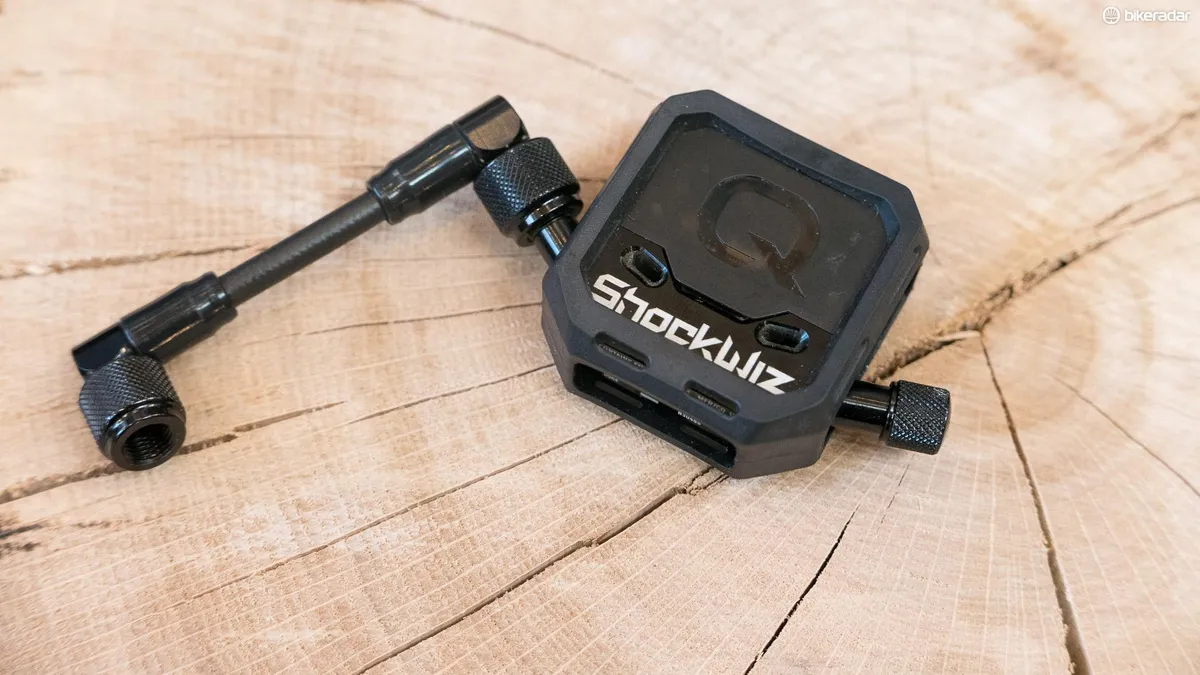
Happily, there are some developments afoot that point to a time when setting up your bike will be as simple as looking at your smartphone. So could 2017 be the year that ‘smart’ technology rather than witchcraft begins to help the average rider get the best from their shock?
SRAM's Shockwiz
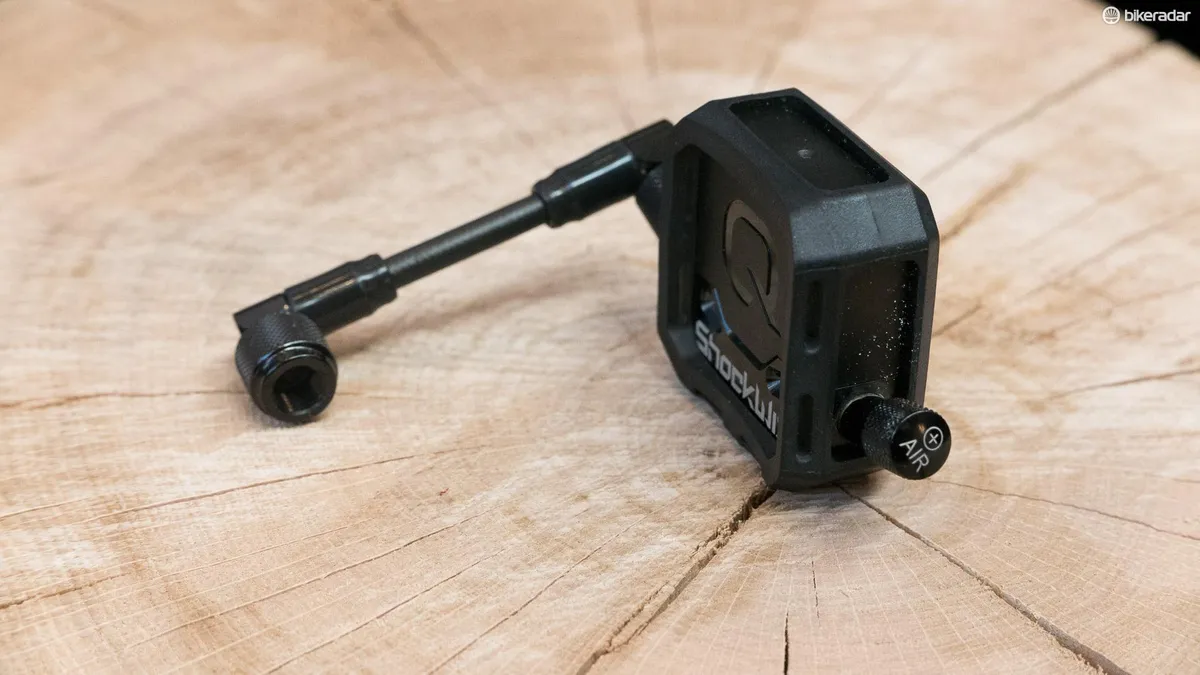
Shockwiz began as an Australian Kickstarter project and was given more than a little kickstart when it was bought up by component giant SRAM. It’s now part of SRAM’s Quarq power meter division, and with all of the suspension and data acquisition resource and experience now available to Shockwiz it is sure to have helped to speed up the process — with SRAM showing a very polished-looking prototype at Eurobike this year.
How does the Shockwiz work?
The Shockwiz works by connecting to the air spring of your shock or fork and then using the changes in pressure as the shock compresses and extends to figure out what’s going on.
It’s possible to gather the data and transmit it to your phone on the fly, or to wait until the end of a run and then transfer the data from the unit to the phone
There’s a highly sensitive pressure sensor, plus a microprocessor, that samples the pressure hundreds of times a second, which is fed via some very clever algorithms into an easy to use app. The app then extrapolates that information into suggestions for how you need to tweak your settings to maximise performance.
The Shockwiz unit is designed to be zip-tied to the shock body or fork crown and there’s an additional air valve that allows you to make pressure adjustments while the Shockwiz is in place. To get the unit working, you need to follow a calibration procedure of letting enough air out of the shock to be able to cycle it through full travel. Using some clever maths it can then work out what’s happening by monitoring the rate of change of pressure as you ride.
The unit transmits data via Bluetooth to a smartphone app where it then generates a ‘health check’ of how well your suspension is set up for you and offers recommendations to improve it. You can choose from four different riding styles, ranging from XC to DH, and it will offer you settings to suit.
It’s possible to gather the data and transmit it to your phone on the fly, or to wait until the end of a run and then transfer the data from the unit to the phone.
The one downside of ShockWiz is that it only works with air sprung units, so if you’re running coil springs you’re all out of luck. For most of us that’s not a huge drawback as the massive increase in popularity of air sprung models, even in gravity focused disciplines such as downhill, makes it less of an issue than it would have been in the past.
It’s not all plain sailing however as some air spring designs — such as those that use separately charged positive and negative air chambers or a system that equalises pressure between the two when a shock pump is attached — won’t work, but some travel adjustable systems, such as RockShox Dual Position Air, do.
Before Quarq became involved, the unit was due to cost around £265 / US$399, but we’re unsure how much the unit will now go on sale for or when it it becomes available — though SRAM will be honouring all of the ShockWiz’s Kickstarter backers.
SussMyBike
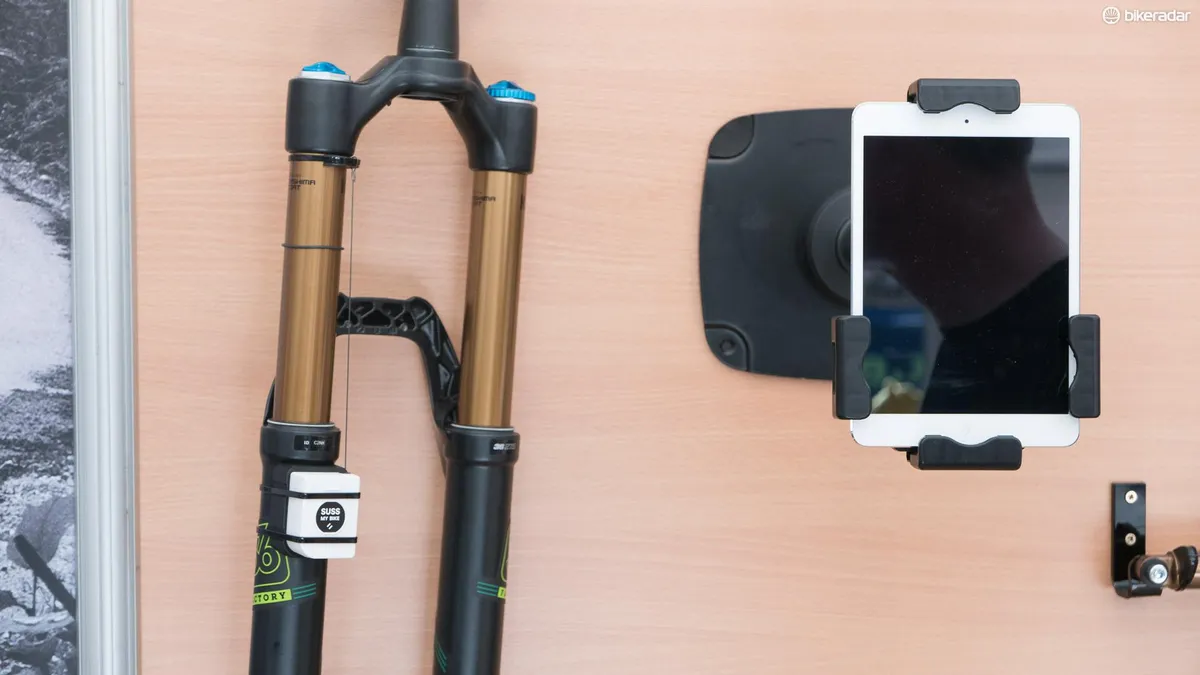
Another Kickstarter outfit developing a system with a similar end goal is Scotland’s SussMyBike, but with one significant difference. Instead of using changes in air pressure to determine what the suspension is doing, the system works by using the displacement of the shock and the rate of change of that to calculate what’s going on and how it can be improved.
How does it work?
It does this by using a high-tech equivalent of the cable retraction mechanism that a retractable ski-lift pass holder has. One end is attached to the end of the shock shaft while the other is attached to the shock body, and as you move through the travel the cable extends and retracts, and time and position data are recorded.
The unit is pretty much there, but the algorithm that powers the app and gives recommendations is still very much in development
The information about the shock shaft speed and displacement is then transmitted via a Bluetooth connection to an app when you’ve finished your ride, which is all powered by a small coin cell battery. While you don’t need to cycle the shock to full travel to calibrate it like the Shockwiz, you will need to input the stroke of the shock that you’re using the unit on as well as your riding style.
SussMyBike says this approach has a couple of benefits over measuring air spring pressure. The first is obviously that you’re not limited to air sprung suspension as it’ll work perfectly well with coil units too — indeed it’ll work with any suspension set up from motorbikes to mountain bikes.
The second is that it directly reads the displacement, rather than having to calculate it from changing air pressure. Obviously air pressure is affected by temperature, and shocks inevitably heat up during a descent. While Shockwiz does have a temperature sensor that allows the algorithm to try and compensate for this, SussMyBike says its system is much simpler and therefore less prone to error.
The unit is pretty much there, but the algorithm that powers the app and gives recommendations is still very much in development. It’s designed to give suggestions for optimum rebound, sag, and high and low speed compression damping adjustments, though more adjustments and measurements are being developed. The units also have the ability to ‘speak’ to each other, which should allow the app to give you a much more holistic set up that takes into account what both ends of the bike are doing and how the set up of each affects the other when riding.
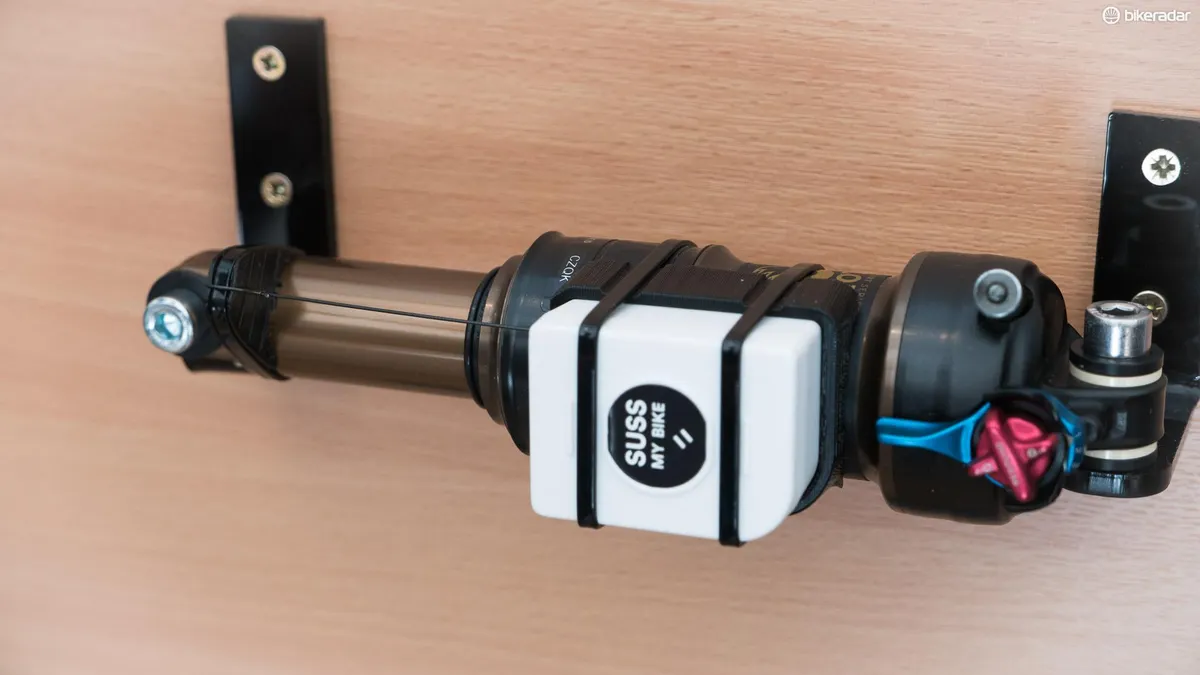
One issue at the moment is creating mounts that will fit onto a wide range of different suspension units and designs. For the fixed end of the unit SussMyBike plans to have silicone rubber mounts, but mounting for the shock or fork shaft is still very much in development — though the plan is to provide a number of options to ensure that the system fits 90-95% of all suspension designs and bikes.
Prices will start from £169 for a single unit to £329 for a pair of units (international pricing is currently unavailable), both with multi-mount units included. Availability is said to be mid October 2016 and we’ve requested test units as soon as they become available.
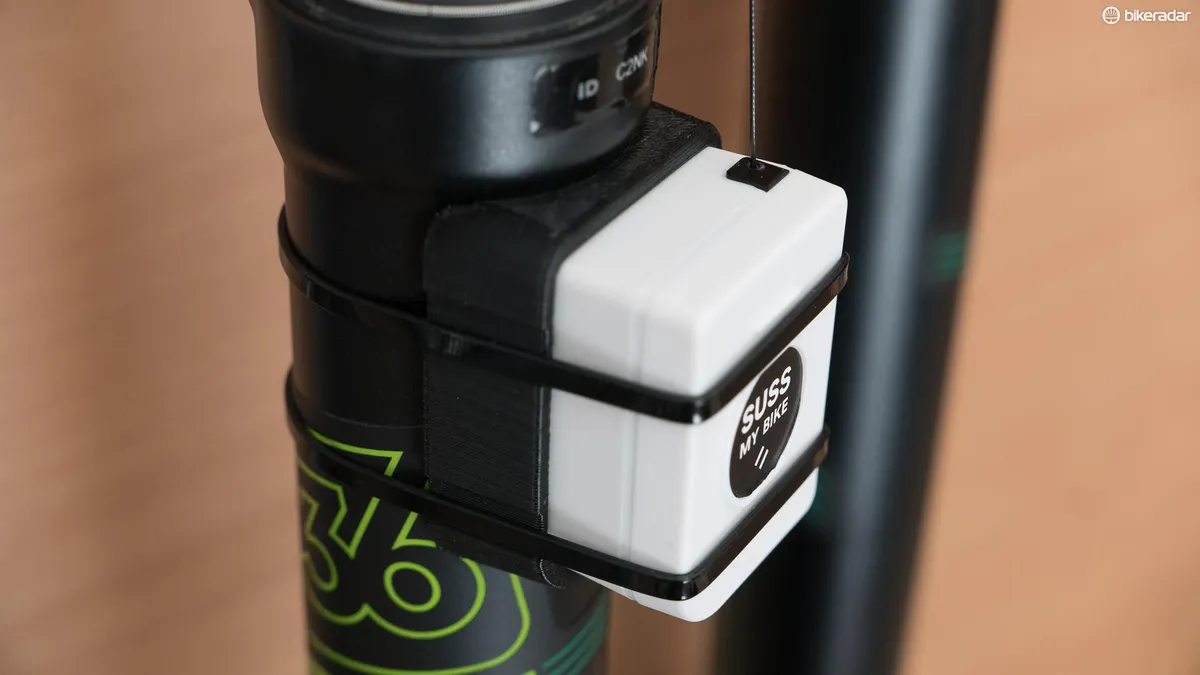
What’s next?
It’s fairly obvious that this sort of technology has huge promise in enabling riders to get much more from their suspension. Whether you’re a racer looking to extract the last few percent of performance from your bike or a complete newbie just wanting to get your bike working well out of the box, having a simple set up process that’s driven by hard data is bound to make a difference.
However, how well these units work — and therefore how useful their suggestions are — will come down to the complex algorithms they use. That means that it's still down to the knowledge, insight and feel of the people developing these apps as to how well they'll work.
The technology will make it much easier for those with minimal knowledge to get their bikes working better, but if you want to get the absolute best from your bike the combination of stopwatch, data, and expert human input is going to be hard to beat for a good while yet.
Five common suspension problems and how to fix them